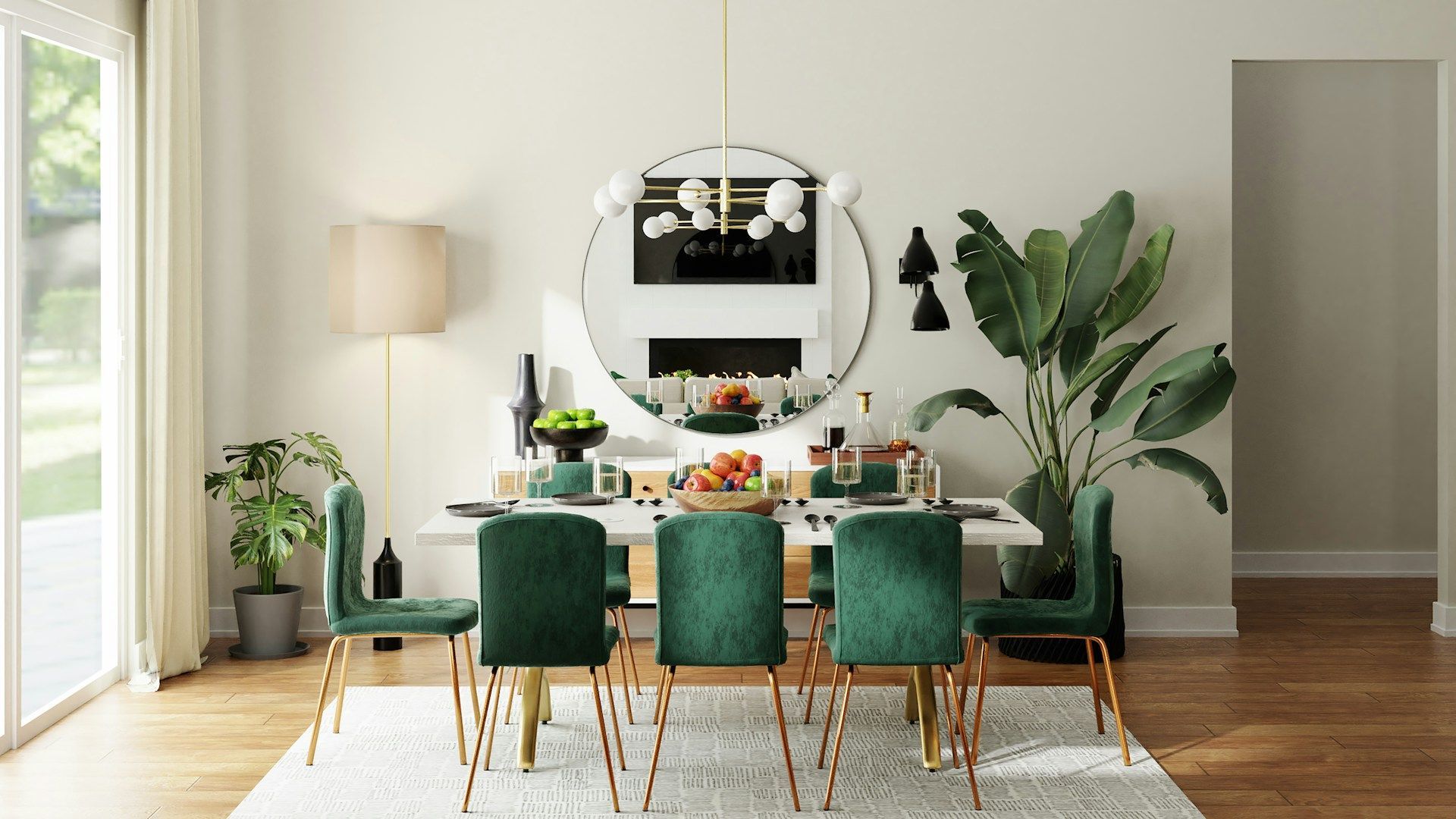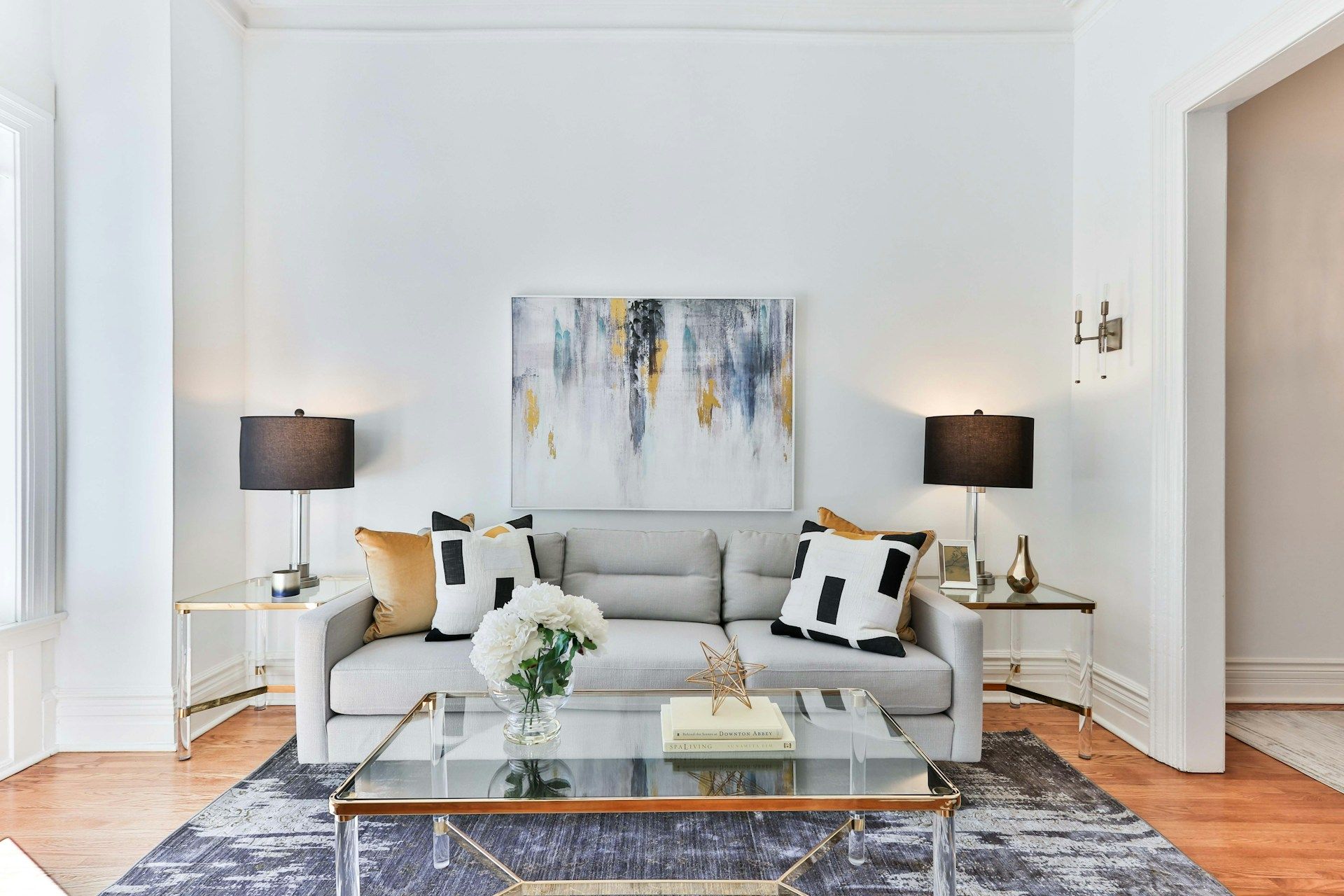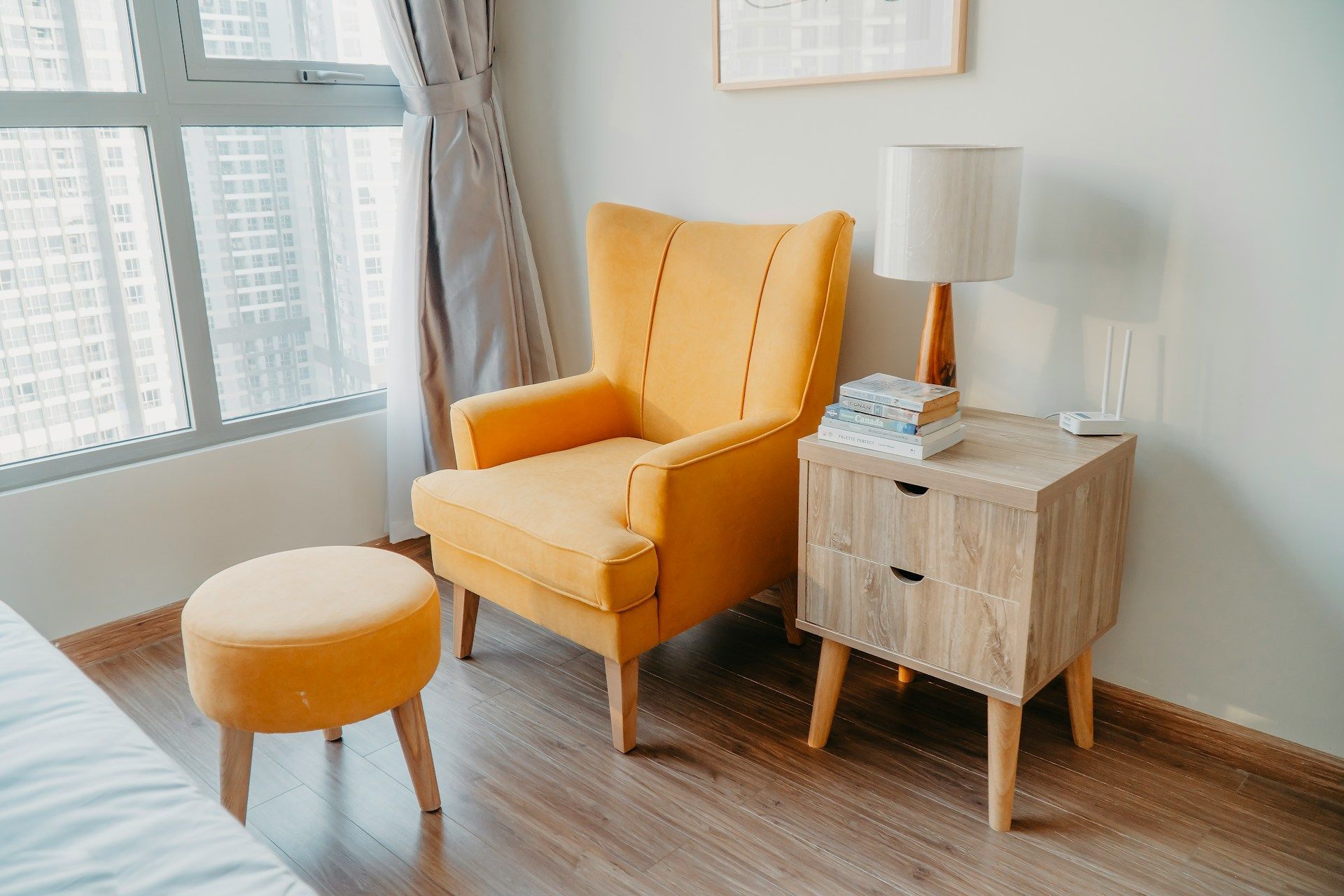How to Make Room Dividers Work in Open Floor Plans
Open floor plans continue to be a favorite feature in modern homes. They offer flexibility, bring in more light, and create a sense of connection between different areas. But while the open layout feels airy and spacious, it also comes with a challenge—how do you create separate zones for living, dining, or working without putting up full walls? That’s where room dividers come in. They give you a way to divide space without losing the flow or feel of an open plan.
For homeowners in Owensboro, fall is the perfect time to reconsider your space before colder weather brings more time indoors. A few smart furniture changes can make your home feel more organized and comfortable for the season. One tool that works well for both function and style is the room divider. Whether you live in a downtown apartment or a house with a wide family room and dining space, room dividers can help you make the most of what you have.
Different Types Of Room Dividers
Room dividers come in all sorts of shapes, sizes, and styles. Some stay in one spot, while others can be folded up or moved around as needed. The best one for you depends on your room size, your furniture, and how you use your space.
Here are a few common types that work well in open floor plans:
1. Folding Screens
Lightweight and easy to move, these screens can be used when you need a little privacy or want to mark off a quiet spot. They don’t take up much room and add a decorative touch. The downside is they don’t block sound and aren’t ideal if you need real separation between areas.
2. Bookcases or Shelving Units
These offer storage while breaking up space. You can use one to create a room divider and store books, plants, or decorative items. Just make sure it’s stable and not too tall in a low-ceilinged space.
3. Curtains or Fabric Panels
Curtains can hang from the ceiling and slide open or closed. They’re good for softening a space and are budget-friendly when compared to furniture. However, they might not be the best solution if you want a tidier, more structured look.
4. Sliding or Hanging Doors
This option goes a step further than a curtain and gives you a more permanent feel without actual construction. Sliding barn doors or panel tracks are a great pick when you want to switch easily between open and closed depending on the time of day or how the room is being used.
Each style has benefits, so the right choice depends on how open you want the room to feel, how much space you have to work with, and what the divider needs to do.
How To Position Room Dividers Effectively
Placement plays a big part in whether your room divider does its job. You don’t want it blocking natural light or cutting off foot traffic. A well-placed divider creates a new zone in your room without making it feel boxed in.
Start by thinking about what you want the divider to do. Do you need to hide clutter from view? Cut noise in a shared space? Mark off a reading nook or meal prep station? Once you know the goal, you can figure out where the divider makes the most sense.
When placing your divider, consider:
- Doors and windows:
Don’t block natural light unless you’re trying to darken an area on purpose
- Walkways: Keep main walking paths clear
- Furniture flow: The divider should work with what you already have, not fight against it
- Room use: Place it where it helps define how each area is used, like splitting a living and dining space
An example: If you have a large living room that opens right into your kitchen, a mid-height shelving unit placed behind a sofa can help create a softer boundary without closing off either space. It keeps things open but adds just enough division to feel organized.
Taking a few minutes to sketch your space—even roughly—can help you see how things might fit. Focus on both form and function to get a divider setup that actually improves how your room works for your everyday life.
Decorating Tips For Room Dividers
Once you've picked the right divider and placed it in your space, how you decorate it can make a big difference. Room dividers shouldn't stick out like a sore thumb. Instead, they should feel like part of the room design. A little creativity can turn an ordinary divider into something that adds color, texture, and personality.
If you're using a bookshelf as a divider, try filling it evenly with a mix of books, framed photos, small plants, and decorative pieces like vases or sculptures. Leave a little breathing room between items to avoid a cluttered look. For curtains or fabric panels, consider choosing a pattern or color that ties into your existing style. For example, a soft gray can blend with almost anything, while a bold pattern can liven up plain walls.
With folding screens, feel free to paint them or apply removable wallpaper to match your color scheme. If the screen is made of wood or cane, you could hang a lightweight wreath or seasonal garland for a quick update. Sliding door dividers can also be customized with frosted panel designs or clean, painted finishes that echo your trim color.
Here are a few simple ways to style your divider:
- Add string lights or LED tape lighting to the top edge of a tall divider for soft lighting and extra warmth
- Use double-sided decor for open shelving so it looks good from both sides of the room
- Hang a mirror on one side to reflect light and make the space feel more open
- Choose fabric panel colors that connect visually with pillows, rugs, or wall art in nearby rooms
- Arrange items in odd numbers, like sets of three, for a more natural, balanced look
Decorating your divider doesn't mean overdoing it. Keep things simple and aim to match what's already going on in the room. That way, your divider becomes a smooth extension of the space instead of something random and out of place.
Make The Most Of Your Floor Plan With Multi-Functional Dividers
If space is limited or you want each piece of furniture to do more, multi-functional dividers are a smart pick. These don’t just break up space—they actually work as furniture too. This is perfect for smaller Owensboro homes or rooms where every inch counts.
One option that works well is a wide bookshelf or open shelving unit. Besides separating an area, it gives room for storing books, placing decor, or even holding baskets of toys or craft supplies. Another idea is a divider with a drop-down desk. It can be closed up when not in use and opened when you need a spot for your laptop or paperwork.
If you entertain often, a divider with built-in shelves can become your bar or snack station. For kids’ areas, think about cubby shelving that faces each side of the divider. That way, both zones get storage and the divider sticks to a single footprint.
Here are some features to look for in a multi-use divider:
- Durable build that holds weight well if you're storing items
- Low enough height to let in some natural light but tall enough to define space
- Open-back design if you want access from both sides
- Options like fold-out surfaces or integrated lighting
- Neutral tones that blend with nearby furniture
Fall tends to bring people indoors more often, so having a layout that adapts to different needs—work, play, rest—makes life at home feel smoother. A well-chosen, functional divider can help make the space feel less like one big box and more like a set of useful, cozy rooms.
Creating Cozy Corners And Defined Spaces
Room dividers aren't just for crowd control. They can make a home feel more lived-in, more calming, and more useful all around. As the seasons shift and you're likely gearing up to spend more evenings inside, now's a great time to rework high-traffic areas or those open spots that never quite pulled their weight.
Instead of adding walls, dividers give you the option to change a space without making huge, permanent changes. They can dampen sound slightly, attract the eye, or anchor a seating area. With the right piece and a good setup, you can turn that big open area into a cozy gathering space, a quiet reading corner, or a playful area for kids.
Furniture plays a big role in getting that balance right. Whether you want extra storage, a bit of privacy, or something to tie it all together visually, room dividers can check a lot of boxes when planned well. Start thinking of your open plan as a blank canvas and look for furniture that brings both function and character to your home.
Finish off your space transformation with room dividers that fit your lifestyle and aesthetic. Whether you're revamping a small corner or redefining a whole area, having the right dividers can make a big difference. At Owensboro Furniture, we understand how thoughtful design helps make your home both functional and welcoming. For more ideas on how to bring everything together, explore what our
furniture store warehouse has to offer.



